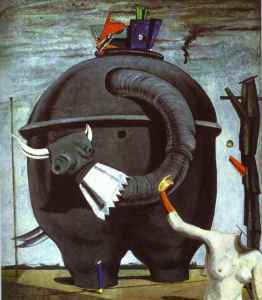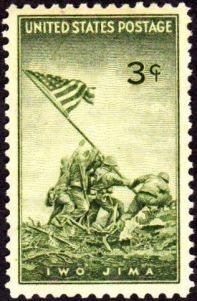In a recent blog post called Plato’s Data by Jim Harris we are reminded about that data isn’t the real world but only an illusion of reality.
This makes me think about in what degree the data quality discipline is an exact science or merely an art. And surely there is a large element of art in some activities within data quality improvement as I also participated in a radio show on Jim’s blog discussing The Art of Data Matching.
 One kind of (real) art is painting. Within painting good art may be that a painting reflects the real world as precisely as possible. But good art may certainly also be that the painting, like a surrealistic painting, doesn’t look like the real world, but makes you think.
One kind of (real) art is painting. Within painting good art may be that a painting reflects the real world as precisely as possible. But good art may certainly also be that the painting, like a surrealistic painting, doesn’t look like the real world, but makes you think.
With today’s technology you might also say that why bother making a painting that looks like the real world if you can simply take a photo.
However, with many good (famous) photos there is usually a controversy about if the photo was staged. An example is Raising the Flag on Iwo Jima, that also made it to a stamp.
 For the record: The photo is believed not to be staged by the photographer, but it was the second raising of the flag where a smaller flag was replaced by a more impressive one. There wasn’t a hard fighting for the mountain top where the flag was raised. The fierce fighting on the island was down in the caves.
For the record: The photo is believed not to be staged by the photographer, but it was the second raising of the flag where a smaller flag was replaced by a more impressive one. There wasn’t a hard fighting for the mountain top where the flag was raised. The fierce fighting on the island was down in the caves.
My 3 cents….
Well, the ‘easy’ part of Iwo Jima would singe the eyebrows off the average American today, I guess. The interesting part about Mt. Suribachi, for me, was that it was four or five days into a month long battle – and it was when we took the high ground. Which historically has been the end of the battle. Not so much.
Sort of like a CDM/MDM project – you think once you get your hands around the install base you’re 90% done, but….
-XC
Perhaps there is more discipline involved in data quality than in art. Just ask Toulouse Lautrec…
I never want to be on a DQ project with Van Gogh – not a good listener….
-XC
Speaking as a part-time photographer, (I have a degree in photography) every image calls into question the integrity of the photographer. In the same way, with producers of data, a consumer has to ask what was their intention? Would they pass off a product that was not genuine?
As with the quality of art, the quality of data is always going to be fairly subjective and is dependant on a number of factors. Again, it is up to the consumer to decide if they find it acceptable.
Interesting comparison.
Really artistic blog post, Henrik.
I like the data analogy of comparing and contrasting a photograph and a painting.
For some reason, when I think about the real-world alignment definition of data quality, what comes to mind is a Jackson Pollock painting.
Perhaps we should rename data management to abstract expressionism.
🙂
I generally don’t need to know the intent of an artist in creating a piece of art. But the intent of data creators is critically important. The metadata they attach to data sets is no more “real” that the echoes of puppeteers narrating Plato’s cave shadow shows, but it needs to strive to be good enough to let me decide whether I’m looking at data that is useful to me.
Thanks a lot everyone for extending my musings on the various and maybe similar arts.